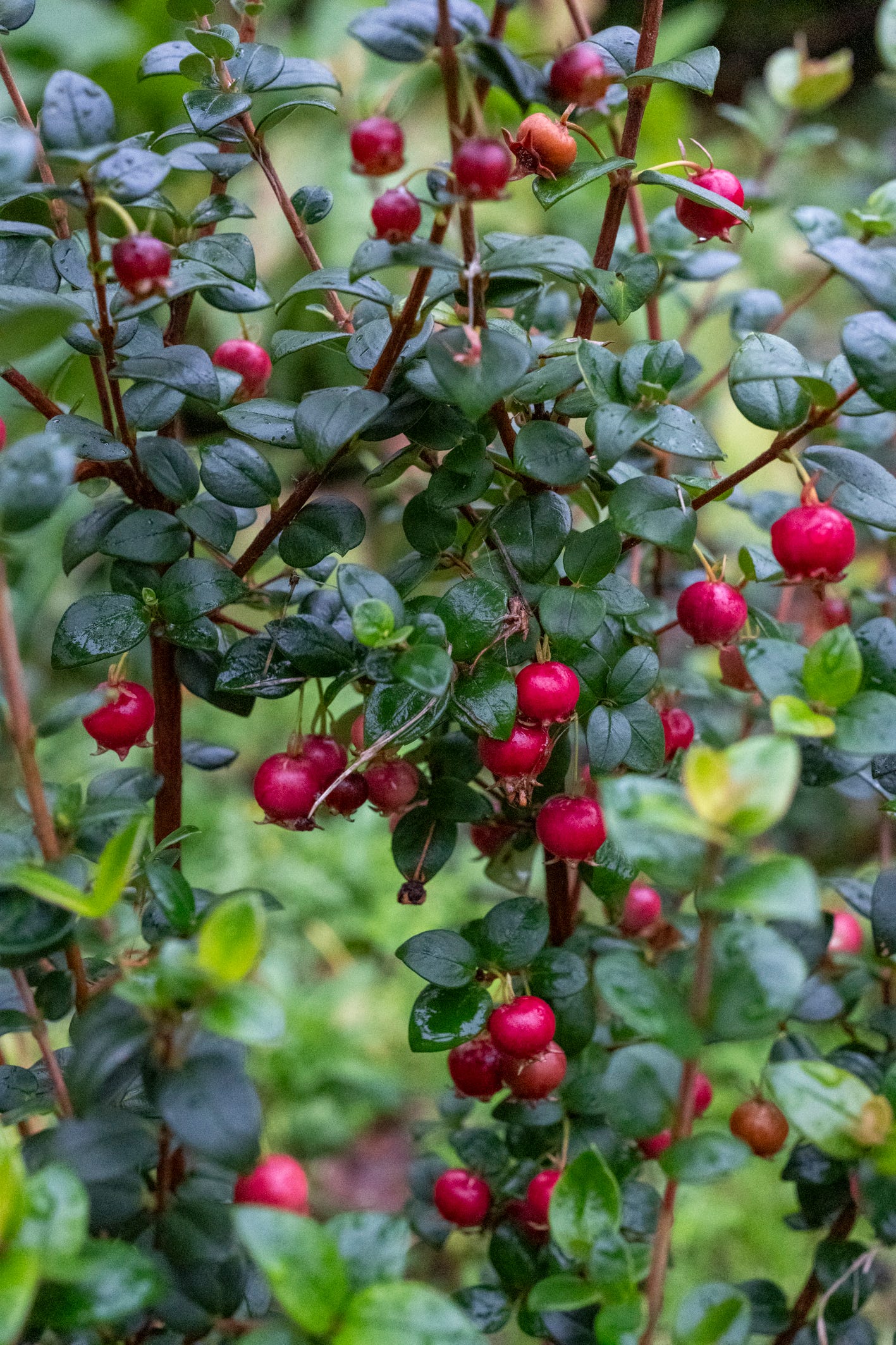Jays, Angel Delight, Donald Pleasance, and a Chilean guava yoghurt cake
Abundance: Wednesday 23 October
At first glimpse I thought it was a magpie, but - unless it was a magpie wearing a beige and blue waistcoat - it was a jay. It landed in the middle of the road, saw me, and in a millisecond was gone, a flash of electric colour darting into the hedge.
Despite their name, jays are not famously jaywalkers. Common in woodland, they are shy birds, and sightings not overly frequent. I feel nicely lifted by sharing a moment in their presence; the electric blue of the kingfisher does the same. When at the farm a decade ago, on a warm summer evening, my daughter and her cousins were stuffing huge pillows of just-cut grass into the arse of their trousers to create enormous cartoon butts and falling about crying with laughter, kingfishers diving over our heads like the most spectacular paper aeroplanes thrown by whatever created this mad planet. I think of those few minutes often, a dash of magic just when it was needed. Jays have some of that kingfisher enchantment too.
The afternoon I saw the jay, I saw Rob MacFarlane writing1 about finding a jay’s wing he’d picked up many years before.
I learned that a jay’s feather isn’t blue as such - there is no pigment, despite what our eyes tell us. As MacFarlane puts it: ‘the nanostructure of each barb comprises light-scattering pocket-holes which absorb all but the ice-blue wavelength’. The feather sucks in all the colour except the one I, we, most want to see. And, as MacFarlane’s 30 year old feather shows, as long as the feather stays intact, the sun shines and - crucially - we are there to see it, it will continue to shimmer blue.
I love that it is only blue when, and because, our eyes are there to see it.
On this morning’s early loop, the heavy sky torn by a dash of livid orange, I was followed along the front by a rippled band the colour of the tangerine Angel Delight of my childhood, picking out the sea’s peaks, leaving the troughs gun-barrel grey. However much it seemed like it was, it wasn’t following me. Had you been 100 yards along the beach, that band would’ve made a beautiful path from you to the sun too. The sweetest of optical illusions - a route to the giver of life2- that wherever we are stood appears to be the one true path. There’s a clumsy metaphor for something that my biscuit-less morning isn’t prepared to chase after.
Last week, I noticed an almost complete absence of acorns3. Jays love acorns. It is their favourite food. They might harvest 100 acorns a day, burying perhaps 5000 nuts up to 20km from the mother tree in the run up to winter. They can carry five at a time - four in a kind of throat pocket (known as the gular pouch) and one in their beak. A shortage of their favourite food can encourage them beyond their preferred woodland range, which is perhaps why the jay I saw had put itself at risk of a double Dunloping.
Not all those buried acorns are recovered; oak trees grow from the forgotten haul4. Or are they forgotten?
As Rob MacFarlane wrote of that jay’s feather’s enduring iridescence, ‘Might we think of memories themselves in similar ways? Some memories are colourful at the time of their stamping, but fade to grey ghosts or wink out altogether over time. But others, perhaps, are fundamentally structural in their making; they are created of and in arrangements of space, and as such they are resilient to time’s dilapidations. I know that I can still remember not only each room of the house in which I lived as a child when I collected those feathers, but also each carpet pattern, painting, and door-handle with its ember of light’.
He’s not alone. You could take me back to my childhood home these decades later, and I could still - like Donald Pleasance in The Great Escape - blindly pace out my bedroom, blindfoldedly take you to the spot on the doorframe where the gloss had wrinkled like Jesus’ face, and with my eyes closed lift the corner of carpet under which the loose floorboard kept a lid on my most secret possessions.
Maybe, too, there is a collective, enduring memory that means jays know that by not taking all they can of their buried stash, the trees that result will feed future generations. That may not be as fanciful as it sounds. While there is no evidence to suggest that specific memories can be passed between generations, it’s now known5 that the form of a particular gene can be altered by lived experience and learned knowledge. This means that the entirety of an individual’s life experience doesn’t necessarily die with them but some might endure in genetic form: a grandmother’s trauma (or joy?) might in some way pass on to one of your parents, and/or to you.
Might millennia of repeated practice have woven a thread of forgetful planting into the pattern of jays’ intentional lardering, ‘knowing’ in some way that not taking them all ensures their great-great-great-great-great-great-great-great grand children6 have acorns aplenty?
As McFarlane continues, ‘These curious, iridescent ever-memories are the ones we carry to the end, and perhaps beyond it.’
Or perhaps I’ve been staring too long at the morning sun.
It is thought that jays were a primary agent in the rapid spread of oaks after the last ice age; ecosystem engineers on which the development of all oak-dependent species - us included - benefitted.
Whether this is in some way intentional, the result of an all-seeing hand or just a fluke of forgetfulness depends - like so many things - on where you stand.
Autumn berry yoghurt cake with long pepper cream
Recipe and more words below







